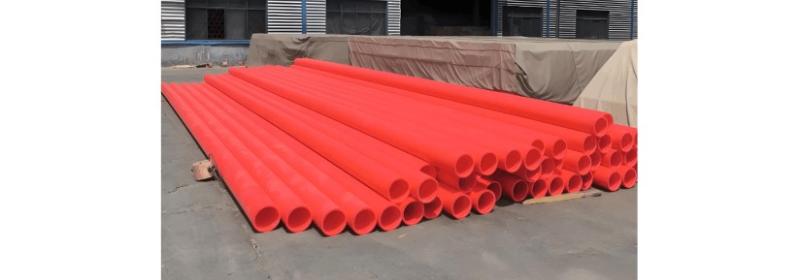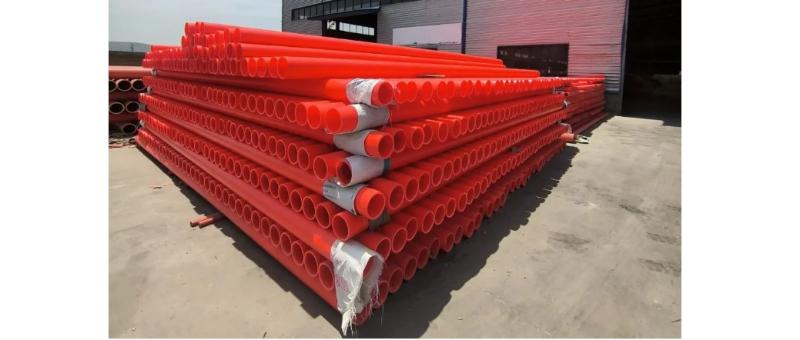- Product
- Suppliers
- Manufacturers
- Solutions
- Free tools
- Knowledges
- Experts
- Communities
-
Libreng gamit
-
IEE Business nagbibigay ng libreng mga kasangkapan na napapagandahan ng AI para sa disenyo ng electrical engineering at pagbubuo ng budget para sa power procurement: ilagay ang iyong mga parameter, i-click ang calculate, at makakuha agad ng resulta para sa transformers, wiring, motors, cost ng power equipment, at iba pa — pinagkakatiwalaan ng mga engineers sa buong mundo
-
-
Suporta
-
IEE-Business suporta solusyon lider ng negosyo at mga eksperto - nagpapakilala ng isang platform kung saan ang imbento at halaga ay magtagpoMatatag na kaalaman sa teknolohiyaSumali at ibahagi ang teknikal na kaalaman para kumita mula sa mga sponsor.Pinagpilian na Solusyon sa NegosyoSumali at lumikha ng mga solusyon sa negosyo upang kumita mula sa mga sponsorMga Nakatayong Indibidwal na DalubhasaIpaglabas ang iyong talento sa mga sponsor kumita ng iyong kinabukasan
-
-
Komunidad
-
Gumawa ng iyong propesyonal na KomunidadHanapin at ikonekta ang mga kasamahan sa industriya, potensyal na mga kasosyo, at mga tagapagpasya upang palaguin ang iyong negosyo.Palawakin ang Iyong Personal na NetworkKumonekta sa mga kasamahan sa industriya, potensyal na mga kasosyo, at mga gumagawa ng desisyon upang paabilisin ang iyong paglago.Tuklasin ang Higit pang mga OrganisasyonAlamin ang mga target na kumpanya, kasosyo, at mga lider sa industriya upang magbukas ng mga bagong oportunidad sa negosyo.Sumali sa Iba't Ibang KomunidadSumali sa mga talakayan batay sa paksa, palitan ng impormasyon sa industriya, at pagbabahagi ng mga mapagkukunan upang paigtingin ang iyong impluwensya.
-
-
Magtrabaho kasama
Kasapi
-
-
Sumali sa IEE Business Partner ProgramPagpapatibay ng Paglago ng Negosyo mula sa mga Teknikal na Kasangkapan hanggang sa Pagsasakatuparan ng Pandaigdigang Negosyo
-
-
-
Filipino
-
- English
- Afrikaans
- العربية
- Azərbaycan dili
- български
- বাংলা
- Català
- Cebuano
- čeština
- Dansk
- Deutsch
- Ελληνικά
- Esperanto
- Español
- Eesti keel
- Euskara
- دری
- فارسی
- suomi
- Filipino
- français
- Gaeilge
- Galego
- Hausa
- עברית
- हिन्दी
- Hrvatski
- magyar nyelv
- հայերեն
- Bahasa Indonesia
- Íslenska
- Italiano
- 日本語
- ქართული
- Қазақ тілі
- ಕನ್ನಡ
- 한국어
- Kurdî
- Latina
- Latviešu valoda
- македонски јазик
- Bahasa Melayu
- Malti
- नेपाली
- Nederlands
- Norsk
- ਪੰਜਾਬੀ
- polski
- پښتو
- Português
- Русский язык
- සිංහල
- Slovenščina
- српски језик
- Svenska
- Kiswahili
- தமிழ்
- తెలుగు
- ไทย
- Tagalog
- Türkçe
- українська мова
- اردو
- Oʻzbek tili
- Tiếng Việt
-
Matatag na kaalaman sa teknolohiya
Pinagpilian na Solusyon sa Negosyo
Mga Nakatayong Indibidwal na Dalubhasa
Palawakin ang Iyong Personal na Network
Tuklasin ang Higit pang mga Organisasyon
Sumali sa Iba't Ibang Komunidad
-
Filipino
-
- English
- Afrikaans
- العربية
- Azərbaycan dili
- български
- বাংলা
- Català
- Cebuano
- čeština
- Dansk
- Deutsch
- Ελληνικά
- Esperanto
- Español
- Eesti keel
- Euskara
- دری
- فارسی
- suomi
- Filipino
- français
- Gaeilge
- Galego
- Hausa
- עברית
- हिन्दी
- Hrvatski
- magyar nyelv
- հայերեն
- Bahasa Indonesia
- Íslenska
- Italiano
- 日本語
- ქართული
- Қазақ тілі
- ಕನ್ನಡ
- 한국어
- Kurdî
- Latina
- Latviešu valoda
- македонски јазик
- Bahasa Melayu
- Malti
- नेपाली
- Nederlands
- Norsk
- ਪੰਜਾਬੀ
- polski
- پښتو
- Português
- Русский язык
- සිංහල
- Slovenščina
- српски језик
- Svenska
- Kiswahili
- தமிழ்
- తెలుగు
- ไทย
- Tagalog
- Türkçe
- українська мова
- اردو
- Oʻzbek tili
- Tiếng Việt
-
Mga Libreng Kalkuladora sa Elektrisidad
Matatag na kaalaman sa teknolohiya
Pinagpilian na Solusyon sa Negosyo
Mga Nakatayong Indibidwal na Dalubhasa
Palawakin ang Iyong Personal na Network
Tuklasin ang Higit pang mga Organisasyon
Sumali sa Iba't Ibang Komunidad























